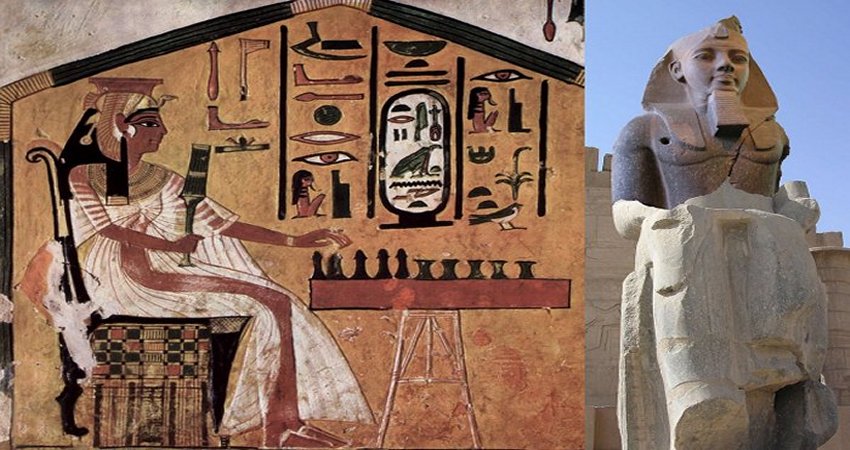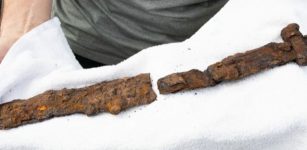Runes: Facts And History About Odin’s Secret Language
MessageToEagle.com – Runes played an important part in the lives of the Vikings. Unfortunately, there are few remains of runic writing on paper from the Viking era. Nevertheless, thousands of stones with runic inscriptions have been found where Vikings lived. In this article we unravel the mystery of runes and examine significant facts and history that provide us with a better understanding of these ancient inscriptions and Odin’s secret language.
Thousands of inscriptions in stone, wood and metal have been unearthed, and each item gives us a glimpse into a culture who believed in the power and protection of the gods, telling fortunes and casting spells, and the glory of war.
Where do runes originate from?
The word “rune” comes from Old Norse and means “Secret knowledge and wisdom”. The true age and origin of the runes is still shrouded in mystery. Symbols resembling runes appear as cave markings as early as the late Bronze Age. It was not until about 200 AD, when the runemal (i.e. the art of runic interpretation) was wide-spread in Northern Europe that the runic alphabet emerged.
What is the runic alphabet?
The Furthark is the runic alphabet, but its origin is unclear. Some historians maintain it came from the Latins since it was the language of commerce during the Roman Empire, and Germanic tribes would likely have had contact with merchants, thereby exposing them to the language. There are also scientists who suggest the Furthark is based on the Etruscan alphabet.
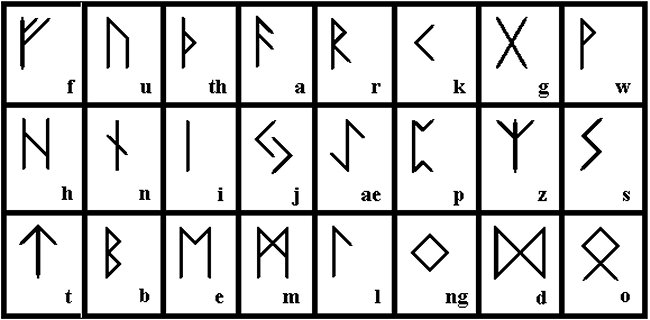
The runic alphabet was known from the first century AD among all Germanic tribes around the North Sea and the Baltic Sea. The oldest version of the runic alphabet had 24 runes.
Each “letter” or figure is called a rune, and it has a phonetic sound, but similar to the Chinese alphabet, it also has a distinct meaning, and these meanings are directly linked to Norse mythology. The Furthark was used for writing on wood, bone and stone and was regarded as sacred.
What is the connection between runes and mythology?
There is a very strong connection between runes and Norse mythology. The great Norse god Odin himself was regarded as “Father of the Runes”. The Vikings believed runes were created when their chief god Odin speared himself to the cosmic world tree, Yggdrasil in hopes of receiving secret knowledge.
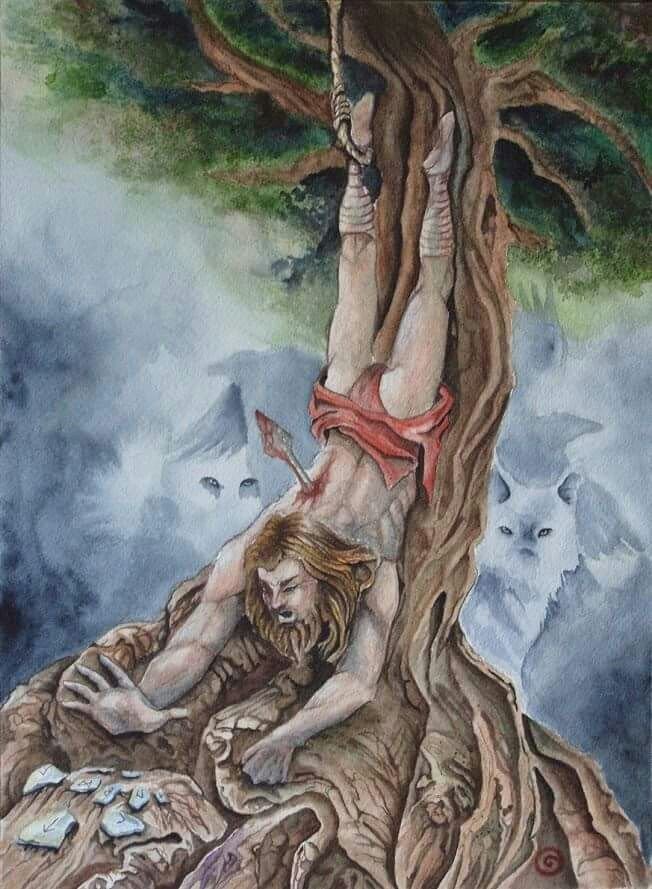
According to Norse mythology, Odin speared himself to a tree so that he could receive the knowledge of the script. Suspended for nine windy nights, he learned their mysteries, and these he passed on to his people. The gift from Odin is divine and possesses magical powers. With great reverence they must be used to honor the heroes and to make powerful the implements of our daily use; the box and the comb, the hilt and the scabbard.
How did the Vikings use runes?
Runes were used as a means of communication, writing, telling fortunes, protection, and casting spells. Sometimes items with runic inscriptions were also used for medical purpose.
Runes were often inscribed on whalebone and placed under a person’s bed to cure an ailment. If the ailment was not cured, it was believed the runic inscription was wrong and would be rewritten.
Who were the rune masters?
The Vikings took the magical powers of runes very seriously. One Norse poet wrote about the Viking runes stating “Let no man carve runes to cast a spell, save first he learns to read them well.” Due to the perceived supernatural powers of runes and the potentially dangerous consequences of not fully understanding their meanings, rune masters were called upon to interpret them.
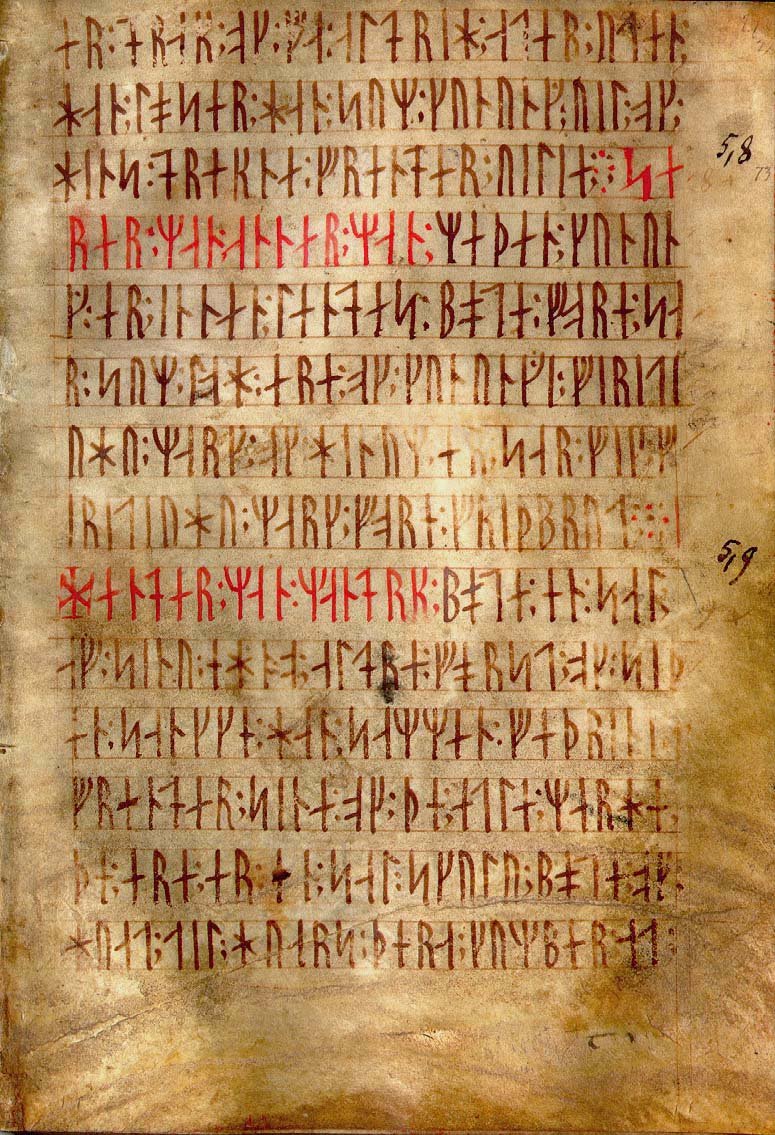
See also:
Odin: Norse God Of War And Magic – Most Complex Figure Of The Norse Pantheon
The Norns – Shapers Of Destiny Who Recorded Days In Person’s Life In Norse Mythology
Yggdrasil: Eternal And Sacred Tree Of Life In Norse Mythology
Ask And Embla: First Human Pair Created By Powerful God Odin And His Two Brothers
Norse Shamanism: A Völva And Her Prophecies Were Feared Among Norse Gods And Vikings
Rune masters were regarded as experts and trained in understanding and using runes to tell foretell the future and to cast spells. Rune masters held a high position in the Viking world and there are many stories of their great feats.
For example one ancient story exists of a women becoming seriously ill after the incorrect runes were carved on a whale bone and hung over her head. A rune master was summoned who corrects the runes which lead to the women’s recovery. There is another tale of a rune master putting protective runes on his drinking horn. The drinking horn breaks in two when a rival tries to kill him by pouring poison into it. The rune masters’ knowledge of runes saved his life.
What was rune casting?
Rune casting was a method of divination. Rune casters were in most cases women. They would lay the runes facedown before them and pluck three to answer the question asked. Rune casters would also keep their runes in leather pouches from which they would dump the runes on the reading surface. The runes that landed face up were used during the reading.
Where have runic inscriptions been found?
Thousand of runic inscriptions, either on stones or artifacts have been found in many parts of the world where the Vikings set foot. Over 200 rune stones have been discovered in Denmark, and several thousand in Sweden, but only 40 in Norway.
In Scandinavia rune stones often record the names of participants in Viking expeditions and those who fought bravely in battles as warriors. One such example is the Kjula Runestone, located between the towns of Eskilstuna and Strängnäs. The runes stone is written in verse and tells of man called Spjót (“spear”) who had taken part in extensive warfare in Western Europe.
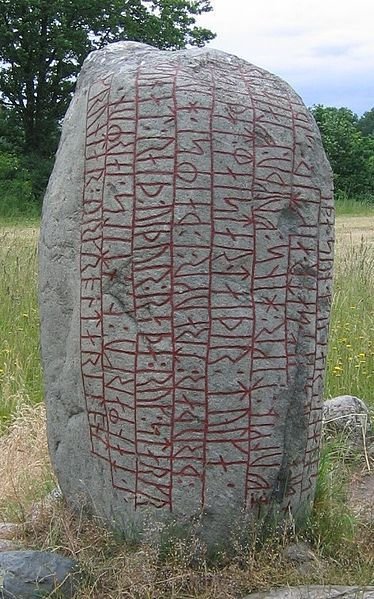
In Norway the most important rune stone is the ‘The Kuli Stone’. The text on the Kuli Stone is the first known occurrence and use of the term ‘Nóregi’ – meaning ‘Norway’. The stone has additional importance as it also dates the establishment of Christianity in the country in a phrase which is often transcribed as “… twelve winters Christianity had been in Norway”.
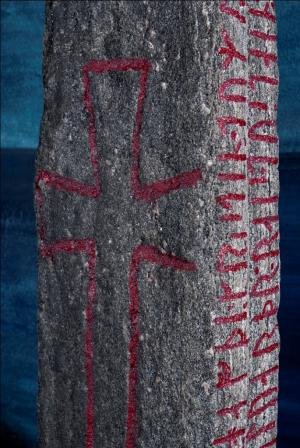
Another intriguing rune stone discovered in Norway honors “Gunnvor Thryrik’s daughter, who built a bridge in memory of her daughter Astrid. She was the handiest girl in Hadeland.” Some rune stones also celebrated the achievements of the living. In one example, Jarlabanki, builder of the famous Jarlabanki causeway in 11th-century Sweden, erected a group of rune stones to aggrandize himself for his contributions to the community.
See also:
10 Great Viking Misconceptions Still Being Perpetuated
Beautiful Ancient Viking Jewelry Made By Skilled Craftsmen
Unravelling The Mystery Of The Ulfberht Sword – An Ancient Viking Artifact Far Ahead Of Its Time
The Jelling stones, found in the Danish town of Jelling, date from between 960 and 985. The older, smaller stone was raised by King Gorm the Old, the last pagan king of Denmark, as a memorial honoring Queen Thyre. The larger stone was raised by his son, Harald Bluetooth, to celebrate the conquest of Denmark and Norway and the conversion of the Danes to Christianity.
Why did the Vikings use runic inscriptions to create codes?
Why did Vikings sometimes use codes when they wrote in runes? Were the messages secret, or did they have other reasons for encrypting their runic texts? Researchers still don’t know for sure.The Vikings’ use runic codes has long baffled linguists and historians.
About 80 inscriptions with different rune codes have been found around Scandinavia and the British Isles. The oldest inscriptions can be dated back to the 800s.
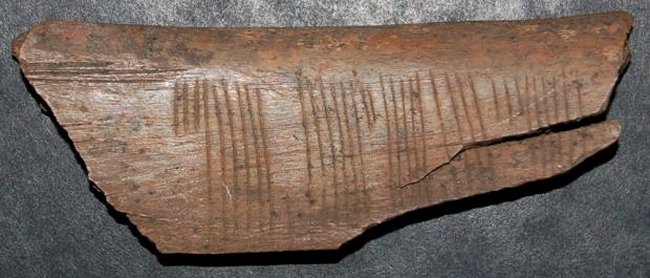
The mysterious Viking code – jötunvillur – that has long eluded researchers has now very likely been deciphered. It just might help solve the mystery of the Vikings’ secret codes that are found in many forms and contexts.
Recently, an ancient Norse code was cracked by a code-breaker, Jonas Nordby from the University of Oslo, a Norwegian specialist in the study of runes and runic writings.
It’s commonly believed that the Vikings used cryptography for hiding secret messages. According to Nordby, the Vikings used codes for play, to exchange frequent daily messages and for learning the runes, rather than to communicate with.
How long were runes used?
Even with the advent of Christianity in the north, runes continued to appear on coffins, gravestones, and monuments, often side by side with Christian symbols. In fact, there is evidence that in a remote part of Sweden people used runes until just a hundred years ago. The people in the area also speak their own language called Elfdalian, a secret forest language from the Viking-era.
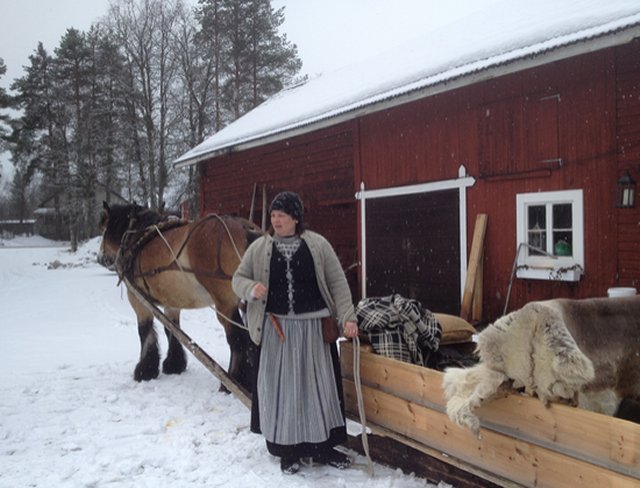
Runes are of great significance when we try to understand the lives of the Vikings. We have so far unearthed thousands of inscriptions in stone, wood and metal have been unearthed, and each item gives us a glimpse into a culture who believed in the power and protection of the gods, telling fortunes and casting spells, and the glory of war.
Copyright © MessageToEagle.com All rights reserved. This material may not be published, broadcast, rewritten or redistributed in whole or part without the express written permission of MessageToEagle.com
Expand for references
References:
The Viking Network – Runes
MessageToEagle.com – Mysterious Viking Code Jötunvillur Deciphered By Norwegian Researcher
Runemaker – The Origin of Runes
Lance Hightower – The Vikings: Raiders, Explorers And Seafaring Warriors
Ben Hubbard – The Viking Warrior: The Norse Raiders who Terrorized Medieval Europe
Science Nordic – Unique Runestone Made World Heritage
MessageToEagle.com – Preserve Elfdalian: Sweden’s Secret Forest Language From The Viking-Era







